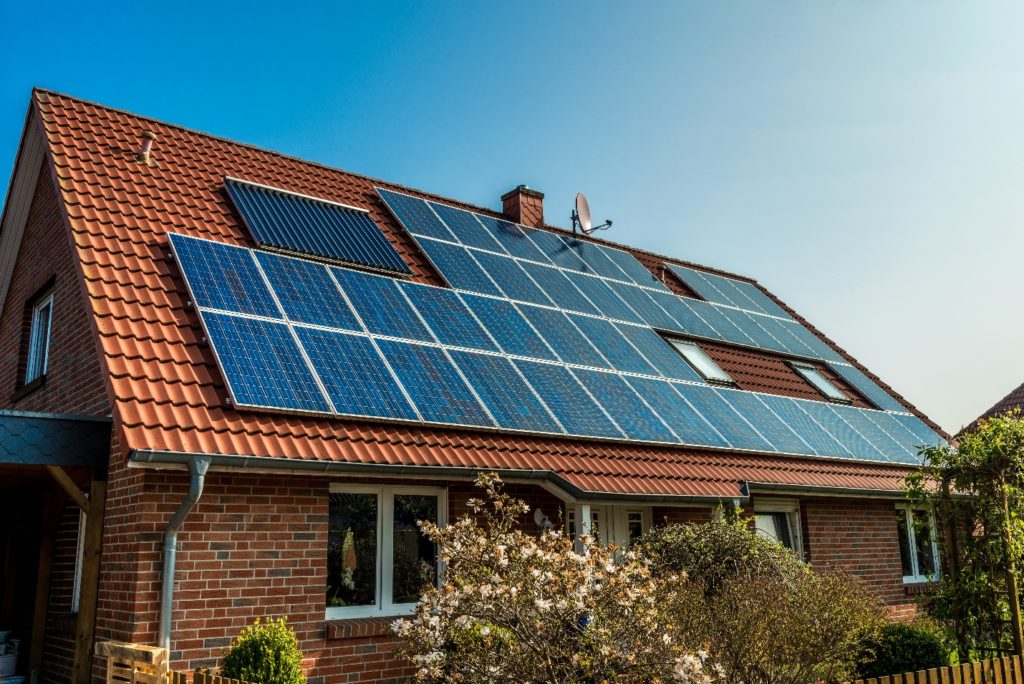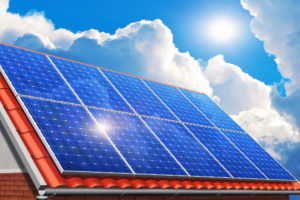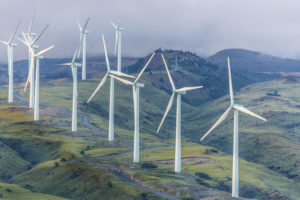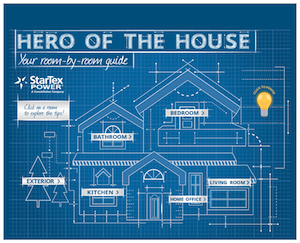We’ve partnered with Freedom Solar to help you learn more about the potential of solar technologies to revolutionize energy production.
Solar will account for 39%, the largest share of the proposed 39.7 gigawatts of new electricity generating capacity by developers and power plant owners to start operation in 2021, according to the EIA. The first thing that comes to mind when people mention solar power is the standard panels installed on rooftops. And there are good reasons why conventional rooftop solar panels are still popular in the market. In addition to reducing utility bills, solar panels can protect the environment. However, emerging solar panel tech innovations don’t require roof space or large acres of land. Read on to learn about how 3 solar technologies could revolutionize energy production.
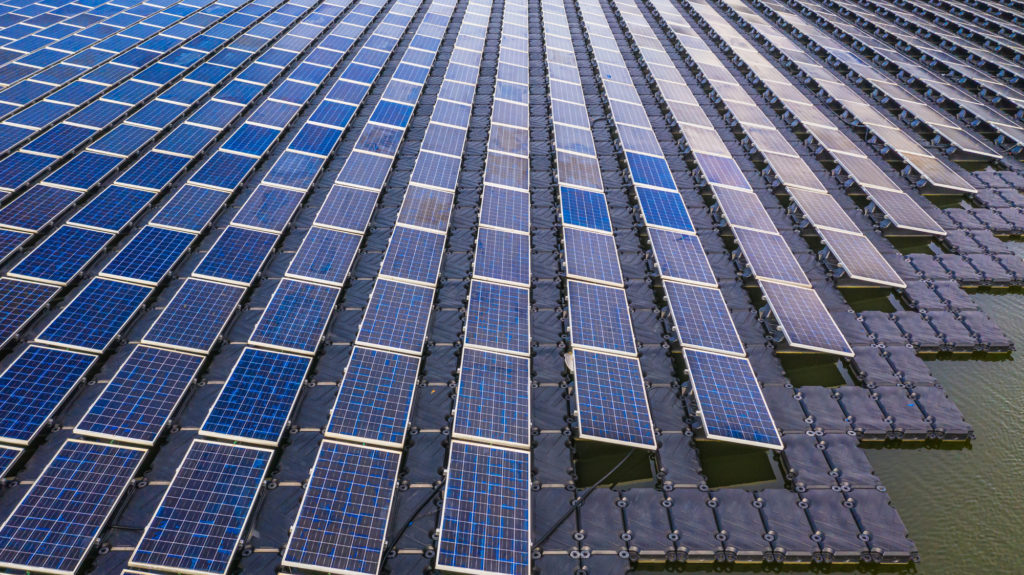
Floatovoltaics or Floating Solar Farm
Floating solar or floating photovoltaics is an array of panels floating on a large open water body. To keep the solar panels floating, experts attach them to a buoyant structure. In most cases, floatovoltaics are placed on lakes because lake water is calmer than that in the ocean.
Floating solar farms can also be set up on artificial dams or reservoirs. Since the development of this solar technology in 2008, countries like the UK, China, and Japan have already installed it. There are several benefits linked to floating photovoltaic, such as increased solar panel performance and reduced need for large parcels of land. Floating solar also helps reduce water evaporation on lakes and dams, hence reducing the chances of water shortage and drought.
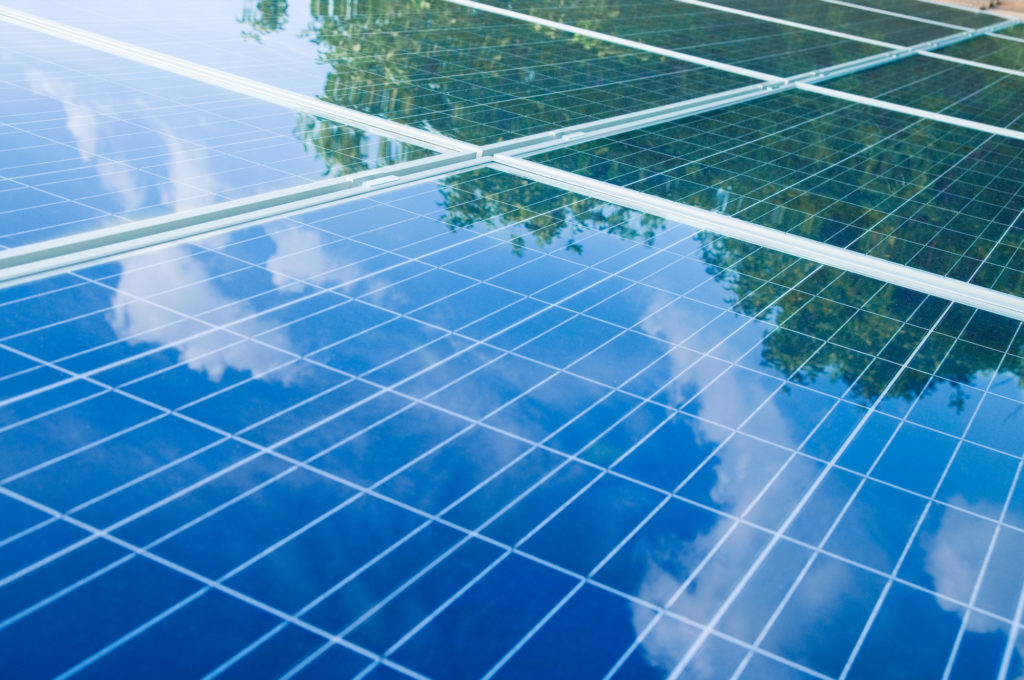
Solar Skins
This innovative photovoltaic technology resembles ad wraps applied on surfaces like the exterior of cars, poles, or homes. Solar skins are ideal for homes and commercial property due to their versatile, transparent, and thin materials that enhance power generating efficiency when exposed to the sun. They rely on a selective filtration system that helps them maintain high efficiency.
When sunlight falls on solar thin-film skins, it’s filtered in the billions of small photoelectric particles referred to as quantum dots. Once the sunlight reaches the solar cells, it provides solar energy while displaying custom images on the solar skins. Considering commercial solar installation is custom, as Freedom Solar states, businesses can customize images on solar skins to display logos and adverts.
Building-Integrated Photovoltaic
Also known as BIPV, the building-integrated photovoltaic is a new clean-energy technology changing how people install solar panels. When installed in buildings, BIPVs form the integral and essential parts of structures, like roofs, windows, skylight systems, and facades, while producing solar energy. This means you don’t need to spend money on conventional construction materials and solar panels.
Once you install BIPVs, you can cut the cost of placing panels on rooftops. Some of the top benefits of building-integrated photovoltaics include having improved energy efficiency, enhanced sound, thermal insulation, zero carbon emission, and low building costs.
For decades, people have relied on rooftop- or ground-mounted panels for the production of solar energy. But today, with advancements in technology, property owners can integrate photovoltaics in building structures in the form of skylights, canopies, roofs, and curtain windows. Solar farms don’t need large parcels of land because panels can be fitted on large water bodies to create floatovoltaics. And solar skins can be wrapped around utility poles and car exteriors to generate power. Other solar technologies to watch out for are anti-solar and solar fabrics.
No wonder solar photovoltaics could revolutionize energy production in the U.S.!


